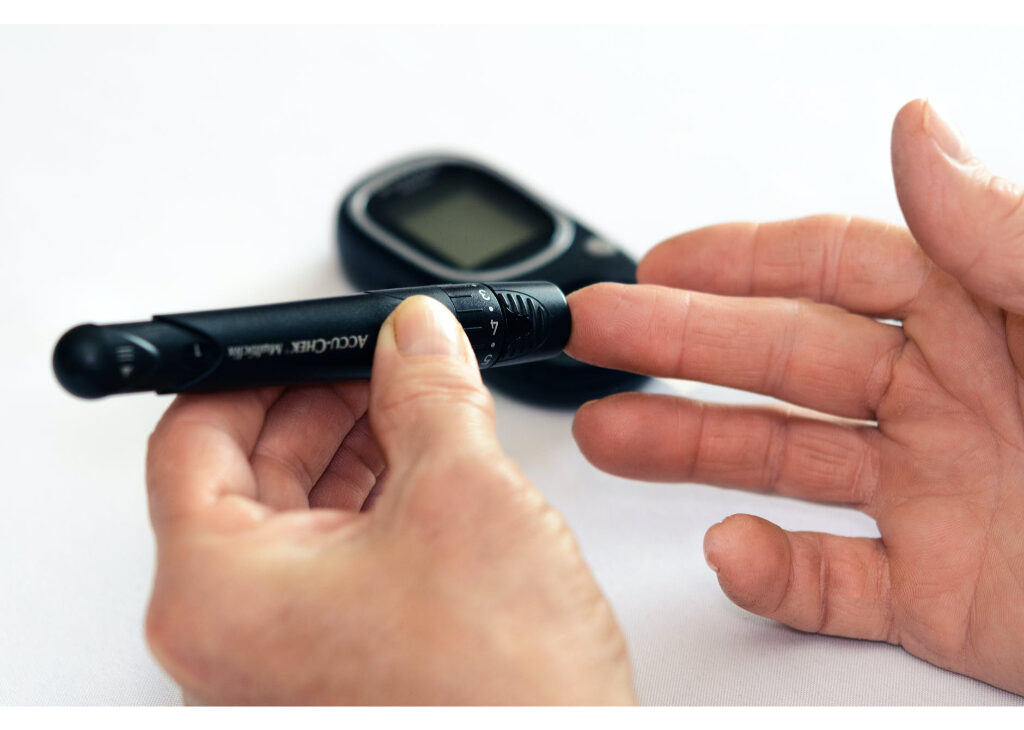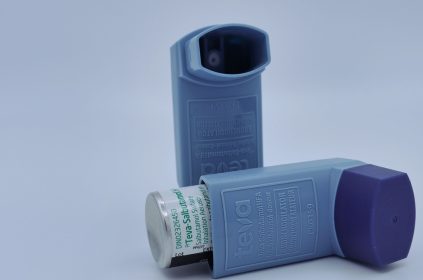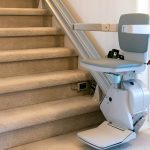Certain terms like borderline diabetes, prediabetes, and type 1 and type 2 diabetes can be overwhelming and confusing. To make it easier for you to understand, we’ve compared prediabetes and diabetes below:
Both prediabetes and diabetes are conditions that are linked with insulin. Insulin helps move glucose into your cells from your body, where it is used for energy. When your body stops responding to insulin as well as it should (insulin resistance) or it doesn’t produce enough insulin, there’s a rise in your blood sugar levels. High blood sugar levels, over time, can cause prediabetes and diabetes.
The two main types of diabetes are type 1 and type 2. Usually, a person who has type 1 diabetes is born with it, and his/her body doesn’t produce insulin at all. But type 2 diabetes is chronic and it develops gradually over time.
Your blood sugar levels are higher than normal if you have prediabetes, but they aren’t high enough for type 2 diabetes diagnosis.
Some of the Other Names for Prediabetes Are:
– Impaired fasting glucose
– Borderline diabetes
– Impaired glucose tolerance
– Hyperglycemia (high blood sugar)
– Glucose intolerance
Diabetes and Prediabetes Are Diagnosed Using the Same Tests:
FPG (fasting plasma glucose), which measures your blood sugar level after fasting (not drinking or eating) for about 8 hours. This test is usually done in the morning.
Two-hour PG (postprandial glucose), which measures your blood sugar levels 2 hours after you’ve eaten a meal.
A1C (glycosylated hemoglobin) is the percentage that shows your average blood sugar levels in the last 2-3 months.
About 90% of Americans who have prediabetes are unaware of their condition. This is because in most cases, prediabetes is not found with any noticeable symptoms.
Unfortunately, the symptoms only seem to appear once the person has developed type-2 diabetes. Some of the common symptoms of type-2 diabetes include excessive urination, hunger, and thirst, and in some severe cases, symptoms like blurry vision, tingling in the hands, and slow healing of wounds may also occur.









